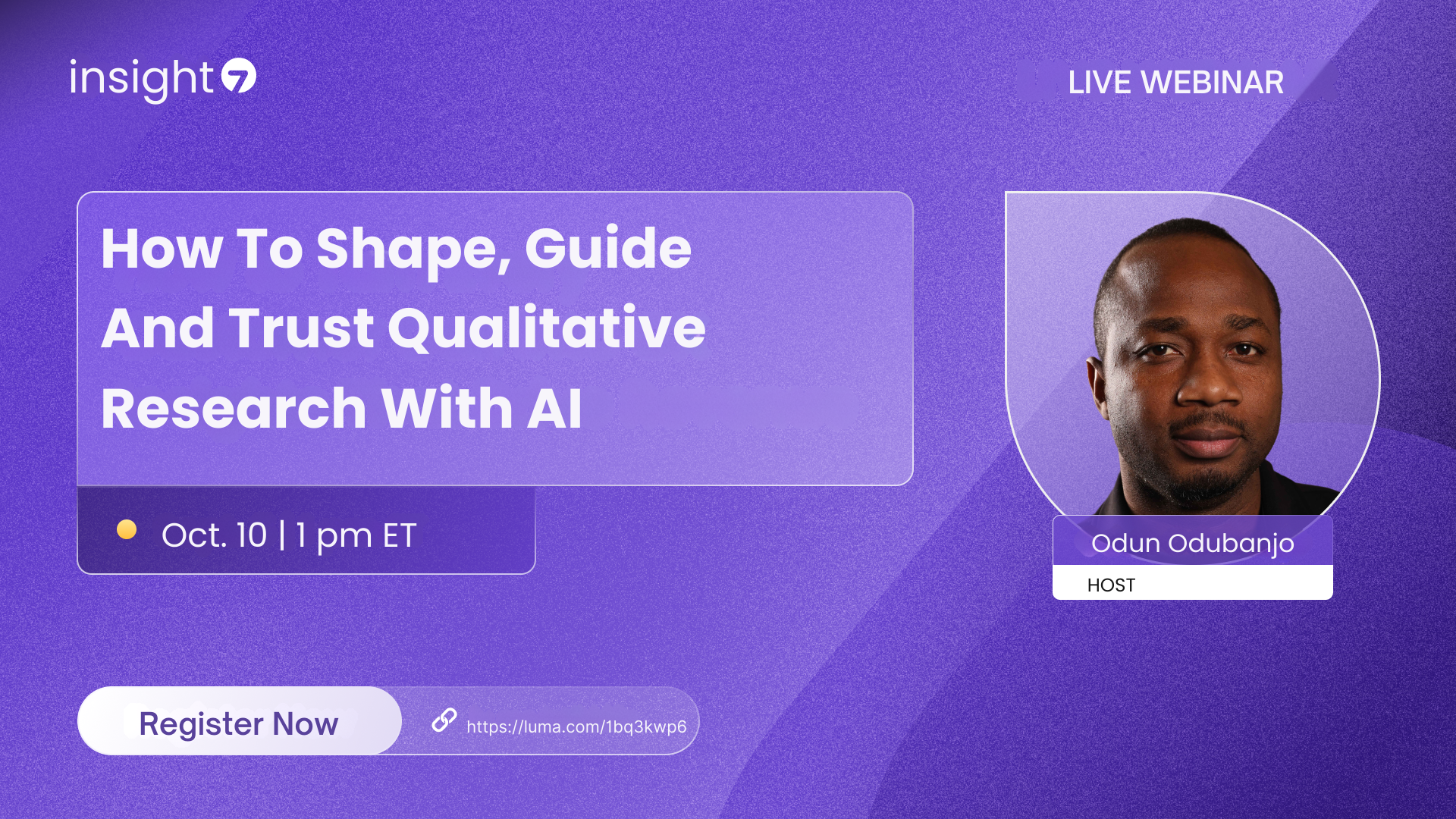How to Implement AI Text Analysis for Business Applications
-
Bella Williams
- 10 min read
How to Implement AI Text Analysis for Business Applications
In today's data-driven world, businesses are inundated with vast amounts of information. From customer interactions to market trends, the ability to extract meaningful insights from text data is crucial for staying competitive. AI text analysis has emerged as a powerful tool that enables organizations to process and analyze textual data efficiently. This guide will walk you through the steps to implement AI text analysis for your business applications, highlighting its benefits, key considerations, and best practices.
Introduction to AI Text Analysis
AI text analysis refers to the use of artificial intelligence technologies to interpret and derive insights from unstructured text data. This can include customer feedback, social media posts, emails, chat logs, and more. By leveraging natural language processing (NLP) and machine learning algorithms, businesses can automate the extraction of valuable information, identify trends, and enhance decision-making processes.
Benefits of AI Text Analysis
- Improved Customer Insights: AI text analysis helps businesses understand customer sentiments, preferences, and pain points by analyzing feedback and interactions.
- Enhanced Decision-Making: By processing large volumes of text data, organizations can make informed decisions based on real-time insights rather than relying on intuition or outdated information.
- Operational Efficiency: Automating the analysis of text data reduces the time and resources spent on manual data processing, allowing teams to focus on strategic initiatives.
- Competitive Advantage: Businesses that effectively utilize AI text analysis can stay ahead of competitors by quickly adapting to market changes and customer needs.
Steps to Implement AI Text Analysis
Implementing AI text analysis in your business requires careful planning and execution. Here’s a step-by-step guide to help you get started:
Step 1: Define Your Objectives
Before diving into AI text analysis, it's essential to clearly define your objectives. Consider the following questions:
- What specific insights do you want to gain from text analysis?
- How will these insights impact your business strategy?
- What data sources will you analyze (e.g., customer reviews, social media, internal communications)?
Step 2: Choose the Right Tools and Technologies
Selecting the appropriate tools and technologies is critical for successful implementation. Consider the following:
- Natural Language Processing (NLP) Libraries: Popular libraries such as NLTK, spaCy, and Hugging Face's Transformers can help you build custom text analysis models.
- Machine Learning Platforms: Platforms like TensorFlow and PyTorch offer robust frameworks for training machine learning models on text data.
- AI Text Analysis Software: Consider using specialized software solutions like IBM Watson, Google Cloud Natural Language, or Microsoft Azure Text Analytics for ready-to-use capabilities.
Step 3: Data Collection and Preparation
Data is the foundation of AI text analysis. Follow these steps to collect and prepare your data:
- Gather Data: Collect text data from your identified sources. This may involve scraping websites, extracting data from databases, or utilizing APIs.
- Clean and Preprocess Data: Ensure your data is clean and well-structured. This may involve removing duplicates, correcting spelling errors, and standardizing formats.
- Label Data: If you're training supervised models, label your data with relevant categories or sentiments to facilitate accurate analysis.
Step 4: Develop and Train Your Model
Once your data is prepared, you can begin developing and training your AI text analysis model:
- Select a Model: Choose a model architecture that aligns with your objectives. For example, use sentiment analysis models for understanding customer feelings or topic modeling for identifying key themes.
- Train the Model: Split your data into training and testing sets. Train your model on the training set and evaluate its performance on the testing set to ensure accuracy.
- Fine-Tune the Model: Adjust hyperparameters and retrain the model as necessary to improve its performance.
Step 5: Implement the Analysis
With a trained model, you can now implement the analysis:
- Run Analysis: Apply your model to new text data to extract insights. This may involve sentiment scoring, keyword extraction, or topic classification.
- Visualize Results: Use data visualization tools to present your findings in an easily digestible format. Dashboards and reports can help stakeholders understand the insights derived from the analysis.
Step 6: Monitor and Optimize
AI text analysis is not a one-time effort; it requires ongoing monitoring and optimization:
- Evaluate Performance: Regularly assess the performance of your model and make adjustments as needed. Monitor accuracy, precision, and recall to ensure the model meets your business needs.
- Update Data: Continuously feed new data into your model to keep it relevant and accurate. This is particularly important in dynamic environments where customer preferences and market trends change frequently.
- Gather Feedback: Solicit feedback from users and stakeholders to identify areas for improvement and ensure the analysis aligns with business objectives.
Best Practices for AI Text Analysis Implementation
To maximize the effectiveness of your AI text analysis efforts, consider the following best practices:
- Start Small: Begin with a pilot project to test your approach and refine your processes before scaling up.
- Involve Stakeholders: Engage relevant stakeholders throughout the implementation process to ensure alignment with business goals and user needs.
- Focus on Quality Data: High-quality data is crucial for accurate analysis. Invest time in data cleaning and preparation to enhance the reliability of your insights.
- Stay Updated on AI Trends: The field of AI is rapidly evolving. Stay informed about the latest advancements in NLP and machine learning to leverage new tools and techniques.
- Ensure Data Privacy: Be mindful of data privacy regulations and ensure that your text analysis practices comply with relevant laws, such as GDPR or CCPA.
Conclusion
Implementing AI text analysis for business applications can significantly enhance your organization's ability to derive actionable insights from textual data. By following the steps outlined in this guide and adhering to best practices, you can harness the power of AI to improve customer understanding, streamline operations, and drive informed decision-making. As you embark on this journey, remember that the key to success lies in continuous learning, adaptation, and collaboration across your organization.







